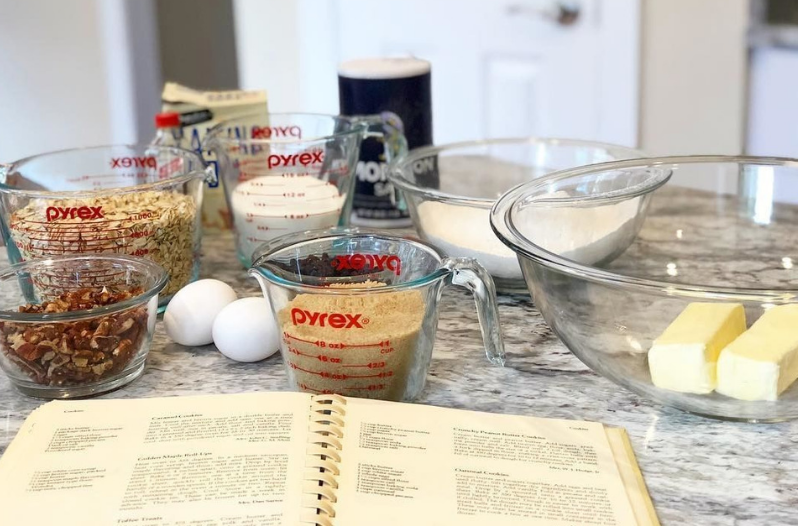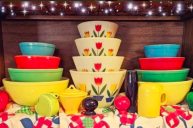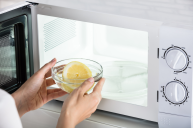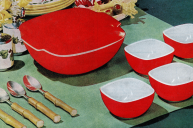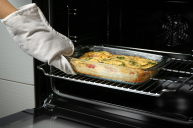If you have been a long-time user of Pyrex, you deserve to know that the company changed the quality of its glass years ago, which caused it to be less resilient than we thought. The brand has been a kitchenware staple for over a hundred years, with its glass cookware, measuring cups, and more that could withstand temperature changes.
Videos by Wide Open Country
Cooking Light reports that in 1998, the Pyrex brand changed the type of glass used for its U.S. products. The brand first used borosilicate glass, which could withstand thermal shock (i.e., the glass wouldn't shatter due to strong temperature changes). The new glass was soda-lime glass, which is strong but hasn't stopped people's Pyrex glass products from breaking from time to time. Cooking Light also calls out the fact that if you have vintage Pyrex glassware that's over 20 years old, it's a hot commodity. That old casserole dish is sufficiently heat-resistant (and thermal-shock proof) and will withstand even the most extreme temperature changes since it's of the original glass.
So what are you supposed to do with all of your Pyrex products? Consumer Reports says you should be careful since "pyrex" is technically a brand name and not a material.
"Since Pyrex is no longer made of the same special thermal shock resistant glass, one should take extra care when using it. Do not place Pyrex on your stovetop. Do not change its temperature rapidly, regardless of what the website says. Pyrex, in its current incarnation, should be treated more like any other piece of glass."
Consumer Reports started reporting on the updated glass after "A reader wrote in because he set his Pyrex bowl on the stovetop to reduce some broth, and the bowl promptly 'exploded.') What's the moral of this story? Be careful with your soda lime Pyrex dish and make sure you aren't leaving it on a hot oven so you can control the thermal tempering of the container.
Now Watch: The 5 Best Log Cabin Kits to Buy and Build
https://rumble.com/embed/u7gve.v43sub/
